Healthcare, Free Full-Text
$ 9.99 · 4.6 (278) · In stock
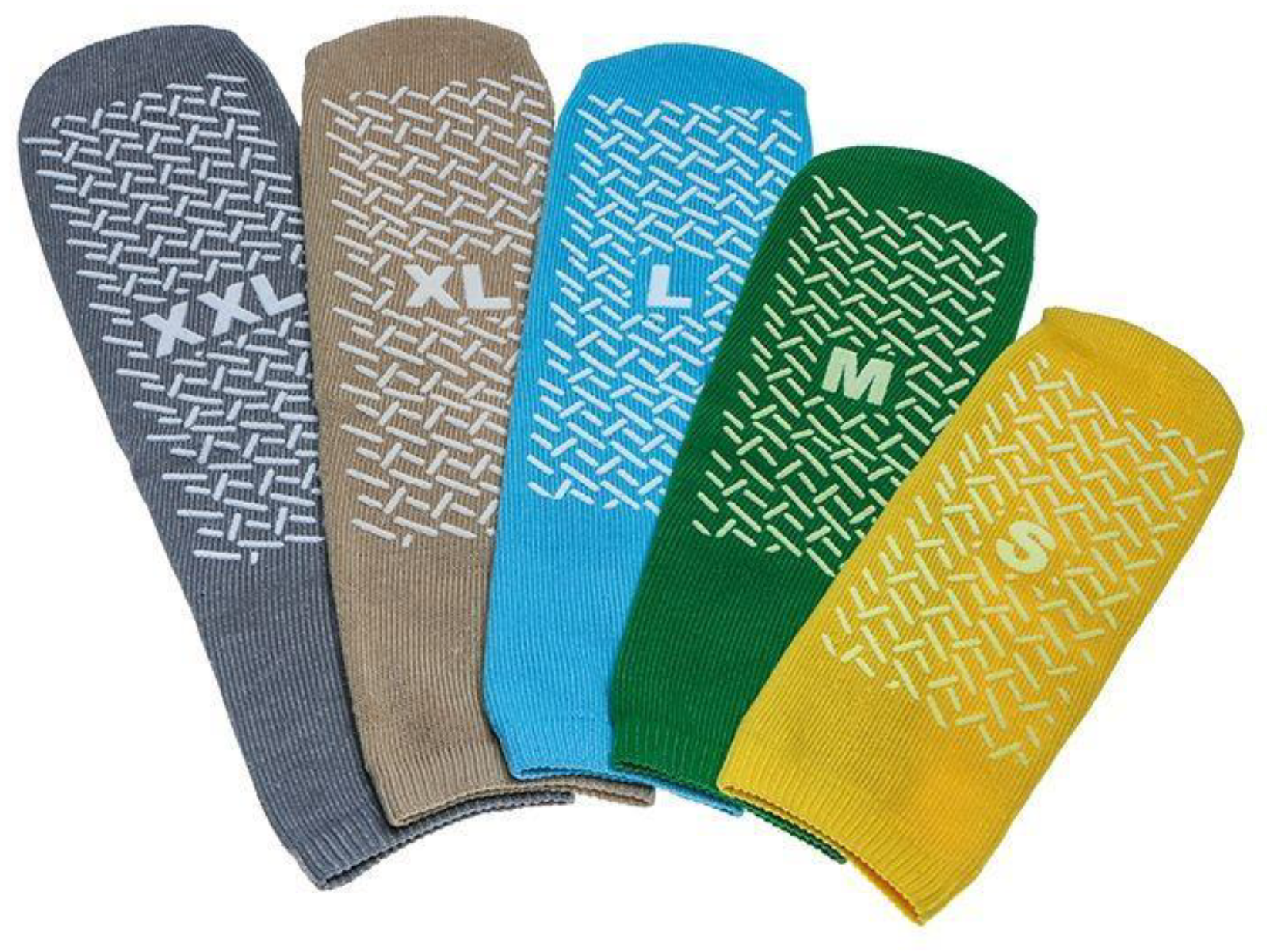
Background: Fall prevention is an important indicator of the quality of patient care. Prevention includes the use of adequate footwear. Our objective is to determine the differences in the number of falls between patients with “adequate footwear” and “non slip socks”, and their associated consequences, to support their use in the prevention of falls among hospitalized patients. Methods: This is an observational prospective study on inpatient falls. Patient characteristics, fall circumstances, and injuries were collected through Clinical Report Forms, a review of fall reports, and medical records. Admitted patients over 18 years old were recruited from Geriatric and Internal Medicine Units over a brief period of 3 months. Results: A total of 158 hospitalized patients were recruited. In total, 77 patients (48.73%) were assigned to the non-slip socks group, and 81 (51.27%) were assigned to the adequate footwear group. There were 21 falls during the study period, all of which were experienced by the adequate footwear group (p < 0.0001). The mean age of the patients who fell was 83.14 (range 60–100) years old. The most frequent reasons for admission among the patients who fell were COVID-19 infection (19%) and oncological complications (19%). Overall, 61.9% of patients had a high risk of falling. Most falls (76.1%) occurred in patient rooms, and most of these occurred while wandering around. The most frequent reason for falls was slipping (14/21). For 16 of 21 patients, falls did not have immediate consequences, while 5 had contusions and 1 suffered a wound. Nobody needed to be admitted to the ER or suffered external hemorrhages or loss of consciousness. Conclusions: Non-slip socks represent an adequate alternative to well-fitting rubber-soled footwear. It seems that non-slip socks could prevent falls among hospitalized patients; nevertheless, further studies are necessary to clarify their role in preventing hospital falls and reducing injury rates.
Healthcare For All MB

SOLUTION: Advantages and disadvantages of free healthcare - Studypool
Full Support Healthcare
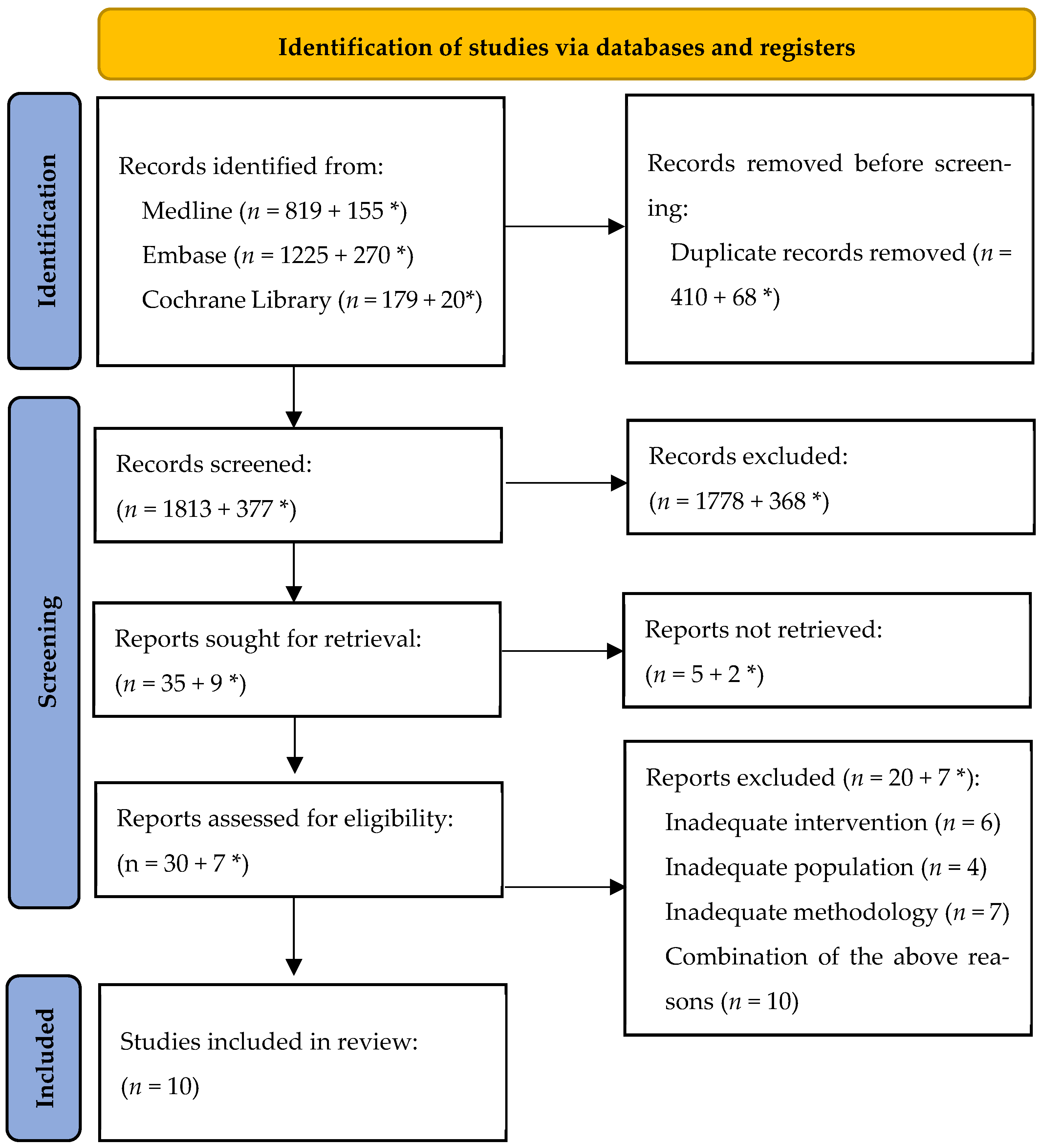
PRISMA Flow Diagrams - Making Healthcare Safer III: A Critical Analysis of Existing and Emerging Patient Safety Practices - NCBI Bookshelf, prisma

PRISMA Flow Diagrams - Making Healthcare Safer III: A Critical, Prisma

Could Universal Health Care Work in the U.S.? - Knowledge at Wharton

Trauma-Informed Health Care: A Reflective Guide for Improving Care and Services: Treisman Clinical Psychologist trainer & author, Karen: 9781839976148: Books
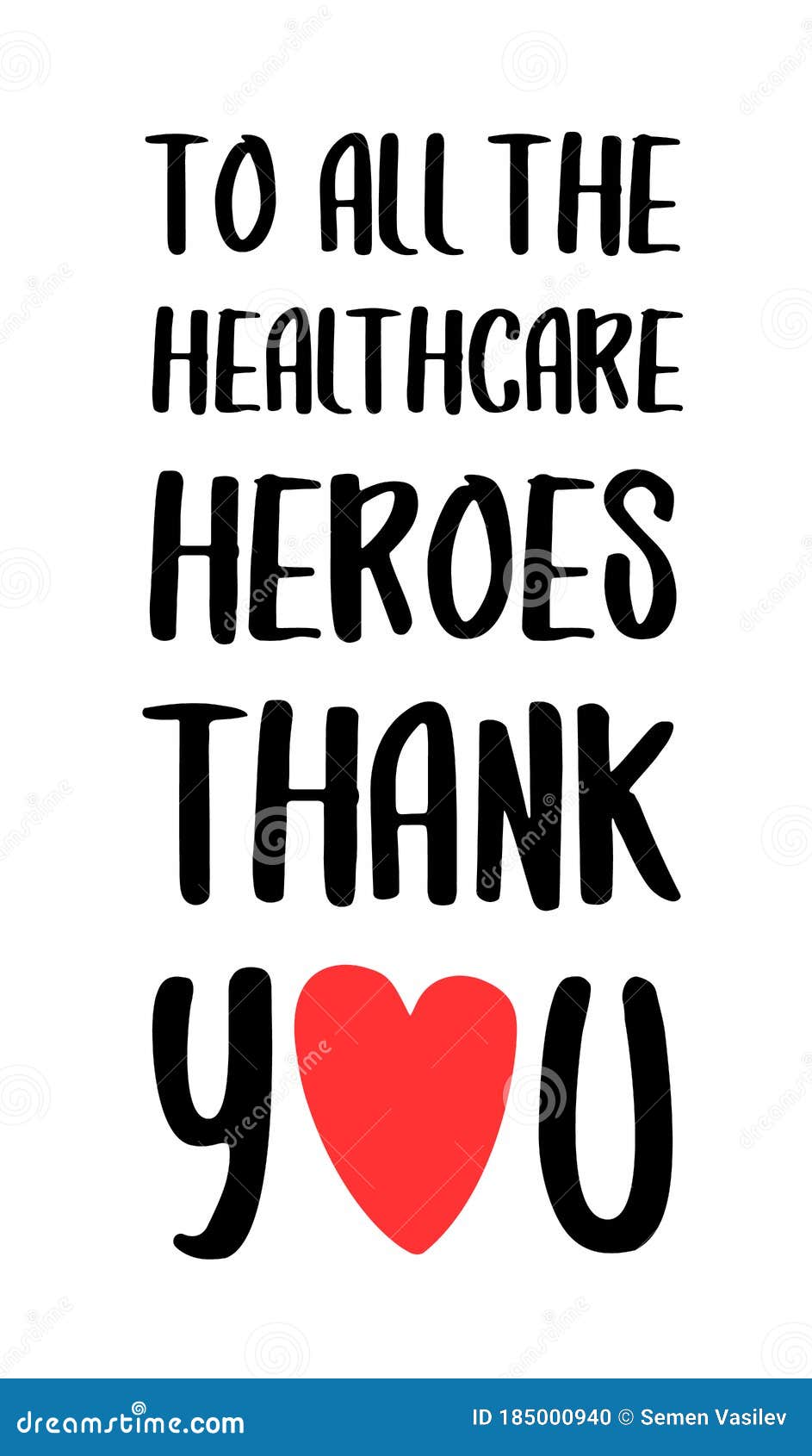
Thank You To All Healthcare Heroes. Stock Vector - Illustration of essential, appreciation: 185000940

Free PSD Advanced healthcare flyer template
Healthcare, Free Full-Text, make the game kahoot

Mass General Brigham Free Training for Healthcare Careers – Healthy Chelsea
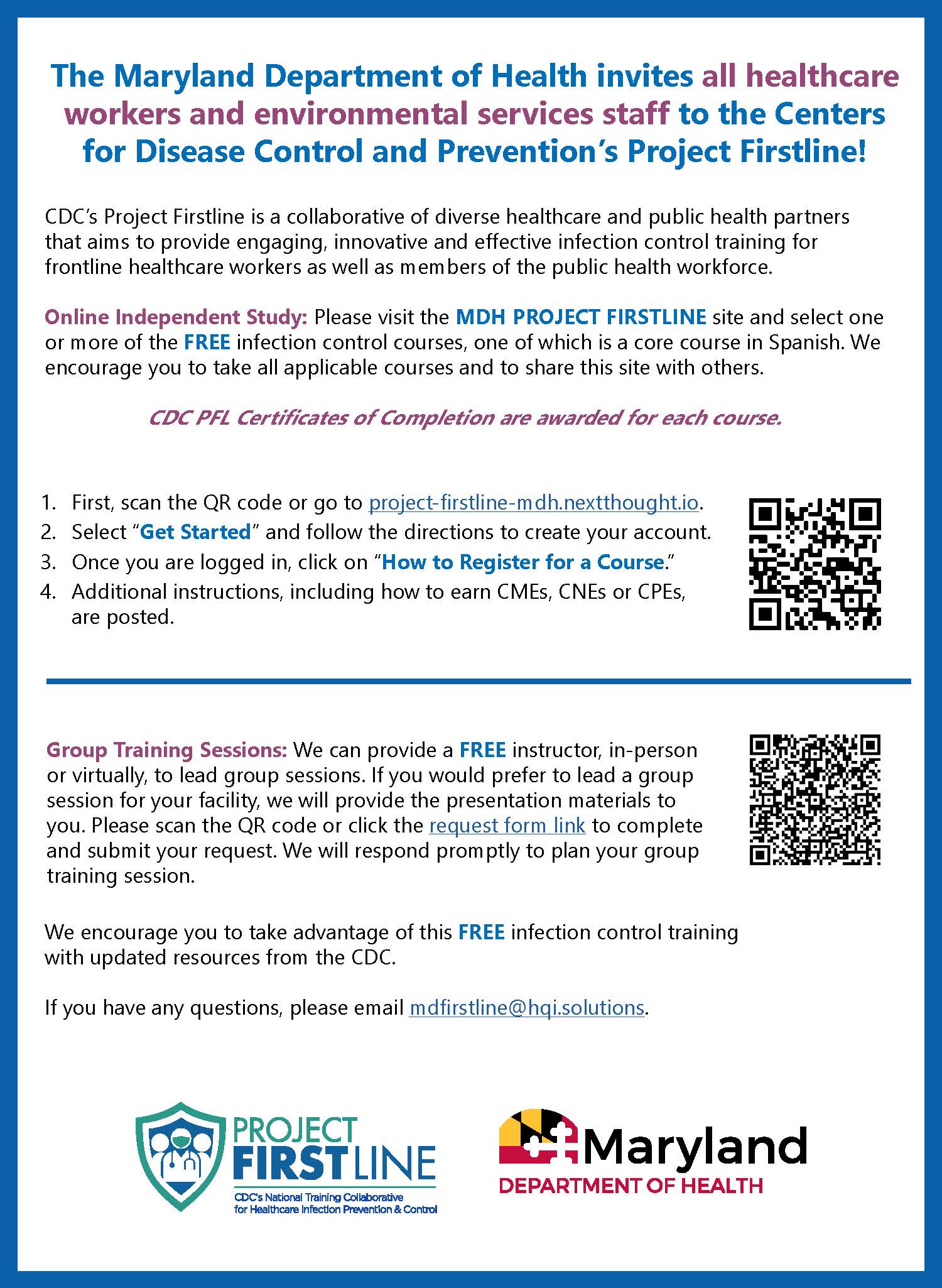
Clinical Guidance Resources
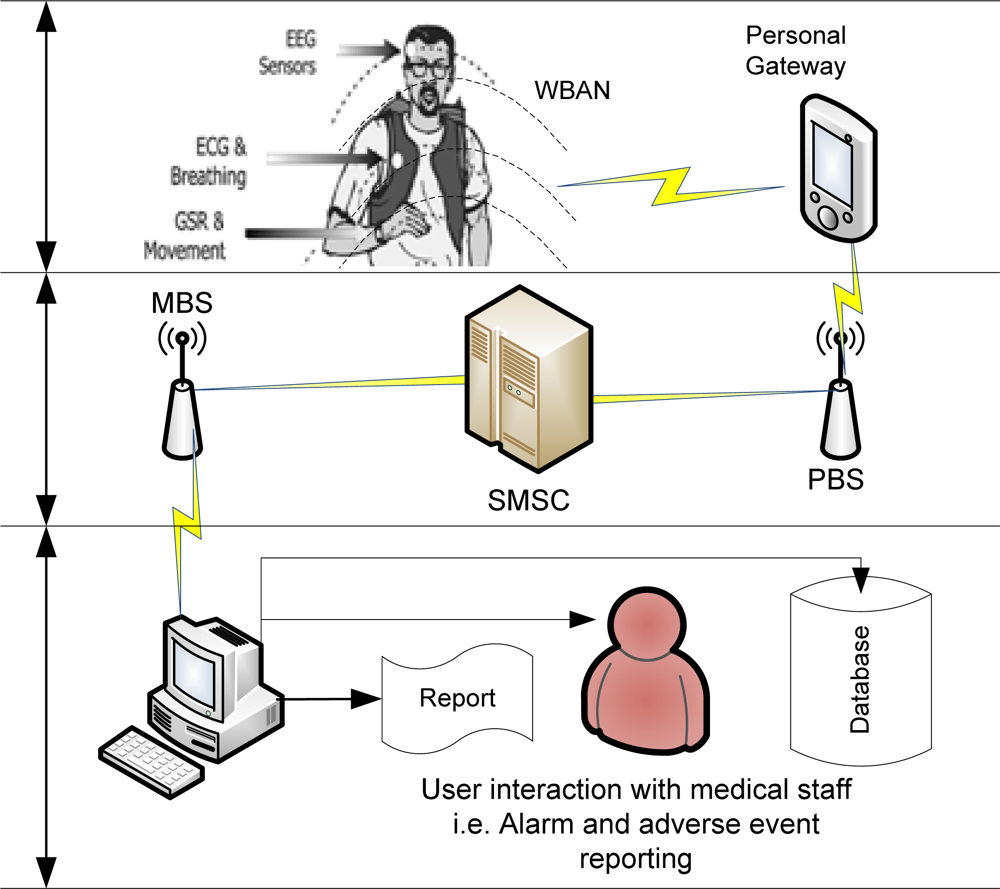
Sensors, Free Full-Text


